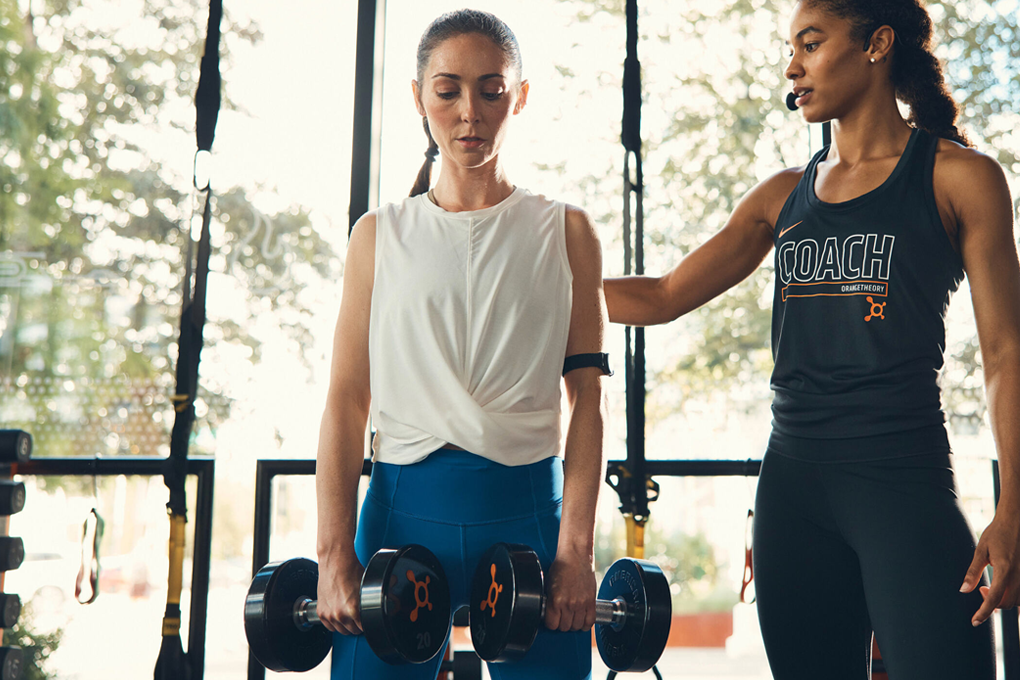novellainstitute.com – Starting a fitness journey can be an exciting yet overwhelming experience, especially for beginners. Whether you’re looking to get in shape, improve your health, or simply adopt a more active lifestyle, having a structured fitness routine is key to ensuring progress and avoiding burnout. The good news is that you don’t need to jump into intense workouts right away. A well-balanced, gradual approach will not only help you build a strong foundation but also make the experience enjoyable and sustainable.
In this article, we’ll cover the basics of creating a fitness routine for beginners, offering tips and a sample workout plan to help you get started.
Why a Fitness Routine Matters
A consistent fitness routine brings numerous benefits to both your physical and mental well-being. These include:
- Improved cardiovascular health
- Stronger muscles and bones
- Better flexibility and balance
- Increased energy levels
- Improved mood and reduced stress
- Better sleep quality
Starting with the basics and gradually building up will make your fitness journey more rewarding and less intimidating. Here’s how to approach it.
1. Set Clear Goals
Before jumping into any routine, it’s important to define your goals. Understanding your motivation will help you stay committed and track your progress. Your goals could vary, such as:
- Weight loss: If your primary goal is to lose weight, you may want to focus on a combination of cardio and strength training.
- Muscle building: If you’re aiming to build muscle, strength training with progressive resistance will be the focus.
- Overall health and fitness: If you’re just looking to improve general health, a balanced routine with a mix of strength, cardio, and flexibility exercises is ideal.
Setting specific, measurable, achievable, relevant, and time-bound (SMART) goals will help you stay motivated and on track.
2. Warm-Up and Stretch
Before every workout, it’s important to warm up. A proper warm-up helps prevent injuries, increase your blood flow, and prepare your body for physical activity. A good warm-up should last around 5–10 minutes and include:
- Light cardio: Walking, jogging, or cycling at a gentle pace to get your heart rate up.
- Dynamic stretching: Gentle stretches that move through your range of motion, such as arm circles, leg swings, and hip rotations.
Stretching improves flexibility and mobility, which can help you perform exercises more efficiently and reduce the risk of injury.
3. Focus on Full-Body Workouts
As a beginner, it’s beneficial to focus on full-body workouts that target multiple muscle groups. This helps improve strength and coordination while ensuring you don’t overstrain any specific muscle group. These routines allow you to build a solid foundation before moving on to more advanced exercises.
A full-body workout typically involves exercises that target the upper body, lower body, and core. Below is a simple workout plan you can follow 3–4 times a week, with at least one rest day between sessions to allow your muscles to recover.
4. Sample Fitness Routine for Beginners
Workout Plan Overview
Frequency: 3 days per week (e.g., Monday, Wednesday, Friday)
Duration: 30–45 minutes per session
Equipment Needed: Dumbbells (or household items like water bottles or bags of rice), yoga mat, resistance bands (optional)
Day 1: Full-Body Beginner Workout
1. Squats (Bodyweight or with Dumbbells)
- Sets: 3
- Reps: 12–15
- Stand with feet shoulder-width apart, squat down as if sitting in a chair, keeping your chest up. Press through your heels to stand back up.
2. Push-Ups (Modified on Knees if Needed)
- Sets: 3
- Reps: 8–12
- Start in a plank position, lower your body towards the ground by bending your elbows, then push back up. If necessary, drop to your knees for modified push-ups.
3. Dumbbell Rows
- Sets: 3
- Reps: 12 per arm
- With a dumbbell or any household weight in each hand, bend forward slightly at the waist and row the dumbbells toward your ribcage while squeezing your shoulder blades together.
4. Glute Bridges
- Sets: 3
- Reps: 15
- Lie on your back with your knees bent and feet flat on the floor. Push through your heels, lifting your hips toward the ceiling while squeezing your glutes. Lower back down.
5. Plank (Core Exercise)
- Sets: 3
- Hold for 20–30 seconds
- Maintain a straight line from head to heels, with your forearms on the floor. Keep your core tight to prevent your hips from sagging.
Day 2: Low-Impact Cardio & Core
1. Walking or Jogging (Cardio)
- Duration: 20–30 minutes
- Start with brisk walking and progress to jogging as your fitness improves. This helps improve cardiovascular health and stamina.
2. Russian Twists (Core)
- Sets: 3
- Reps: 15–20 per side
- Sit on the floor with your knees bent and feet flat. Lean back slightly and twist your torso side to side, touching the ground beside your hip each time.
3. Bird Dog (Core and Stability)
- Sets: 3
- Reps: 10 per side
- On all fours, extend your right arm forward and your left leg backward. Hold for a second, then switch to the other side.
4. Superman (Back and Core)
- Sets: 3
- Hold for 15–20 seconds
- Lie on your stomach with your arms and legs extended. Lift your arms, chest, and legs off the ground, squeezing your lower back and glutes.
Day 3: Full-Body Beginner Workout (Repeat Day 1)
Follow the same workout as Day 1 to work your muscles again and continue building strength.
5. Cool Down and Stretch
After each workout, take 5–10 minutes to cool down and stretch. This helps your body relax and aids in muscle recovery. Focus on static stretches, holding each for 20–30 seconds. Stretch your hamstrings, quads, chest, shoulders, and back.
6. Progress Gradually
As a beginner, it’s essential not to rush the process. Start with lighter weights or no weights at all, focusing on mastering proper form and technique. As your body becomes accustomed to the routine, you can gradually increase the intensity by:
- Increasing repetitions: Gradually add more reps to each set to challenge your muscles.
- Adding weights: Incorporate dumbbells or resistance bands to increase the resistance.
- Adjusting rest time: Shorten the rest period between sets to increase intensity.
Consistency is key—don’t get discouraged if you don’t see results immediately. Fitness is a gradual process, and progress will come with time.
7. Listen to Your Body
Pay attention to how your body feels during and after your workouts. If you experience pain (rather than mild discomfort), stop and consult a professional to avoid injury. Rest and recovery are just as important as the workouts themselves, so don’t skip rest days.
Final Thoughts
A beginner fitness routine should prioritize building a strong foundation and increasing your strength and endurance over time. By starting slow and gradually increasing intensity, you’ll not only see physical results but also improve your mental health and overall well-being. Remember that fitness is a journey—stay consistent, listen to your body, and enjoy the process!





